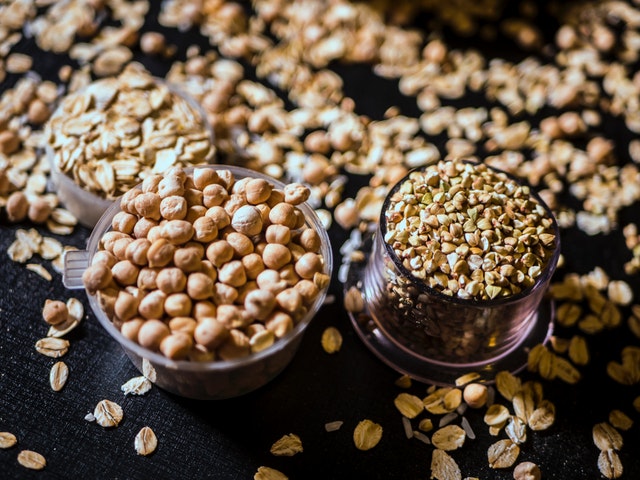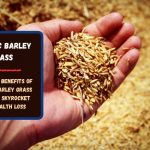
(Source: Pexels)
If you have ever heard the word “lectins,” it was probably in a conversation about your immune system health. Lectins are found in raw legumes and grains, as well as in dairy products and certain vegetables. Since your immune system and your gut are extensively related, lectins have negative consequences for intestinal health.
The Body’s Immune System Response to Lectins
Lectins play a considerable role in our immune system, cellular growth and death, and our body’s metabolism and fat regulation. However, don’t be confused with their functionality; our body does not digest lectins but instead produces antibodies to them.
Certain foods can cause an intolerance once a person’s gut health is impacted by an outside source. However, particular lectins can stimulate the body’s immune system response too. Lectins are definitely a complicated topic; they are both good and bad for us.
What Lectins are Bad for Us?
Some lectins are never safe to consume. For example, raw red kidney beans and spouts, even though they are a legume, can be poisonous due to their type of lectins. Just four or five raw red kidney beans can trigger deadly symptoms. Part of the reason is that raw kidney beans contain between 20,000 to 70,000 lectins units. When kidney beans are cooked, however, they contain just 200 and 400 lectin units.
Which Lectins are Good for Us?
While some lectins cause a terrible reaction, including death, others can decrease incidences of certain diseases. In addition, the body uses lectins to perform many basic functions. These include inflammation control and the life cycle of cells.
What is Important to Know About Lectins?
One of the biggest things associated with lectins is the fact that they cause gas. When you eat beans and then become gassy, this is due to the lectins in beans.
Also, many cases of food poisoning are actually lectin poisoning. Legumes and grains, in their raw form, can cause nausea, diarrhea, and vomiting. All of these symptoms are present when a person has food poisoning.
These symptoms happen because lectins can damage the intestinal lining. When your body functions correctly, the cells repair the damage quickly. However, when the damage is too severe, the body cannot keep up with the damage fast enough. This is when you can begin to develop leaky gut syndrome since the injury prevents proper absorption of vitamins and minerals.
A Lectin Immune Response
When the gut is compromised by lectins, symptoms can begin to show in other parts of the body. These symptoms can include:
- Skin rashes
- Joint pain
- Inflammation
In patients that have Crohn’s disease or irritable bowel syndrome, the lining of the gut is more sensitive to food lectins. The effects of this damage can be reduced by eating more fruits and vegetables, as well as fermented foods.
How are Grains and Lectins Related?

(Source: Pexels)
Just like with raw vegetables, unrefined grains have more lectins; they also happen to contain the most nutrients. Before modern agriculture, when we grew and harvested our own grain, it was not a big deal; it was a seasonal crop and not eaten year-round. Now, however, we can buy a shopping cart full of grains, from pasta to chips, in just minutes. The average diet in the United States is rich with grain-based foods including:
- Bread
- Pasta
- Rice
- Cereal
- Processed foods
How Can We Reduce or Neutralize Our Lectin Intake?
Typically, the longer the duration of sprouting, the fewer lectins a legume contains. This is not always the case, however. Lectins are actually increased in some spouts, such as alfalfa sprouts. The same goes for some grains. While some germination process reduces lectins, others increase lectins.
So, how do we know what is okay and what can hurt us? We can soak and cook everything.
Eating raw foods, primarily legumes and grains reduces the lectin content. The longer you soak them, rinse, and boil your food, the greater the lectin reduction.
Fermenting foods also aids in reducing lectins. This is because fermentation allows beneficial bacteria to digest easily.
Ideally, avoiding these foods altogether can help you to limit your bad lectin exposure. Those on the paleo diet, who do not eat legumes or grains are on the right track. For those who soak and cook these foods, they are also reducing the number of consumed lectins.
About The Author:
Conner has been blogging since the beginning of the internet age and primarily writes health and technology articles to help others.


![[Infographic] The Health Benefits of Staying Hydrated Infographic](https://www.safeandhealthylife.com/wp-content/uploads/2017/03/Infographic.png)

